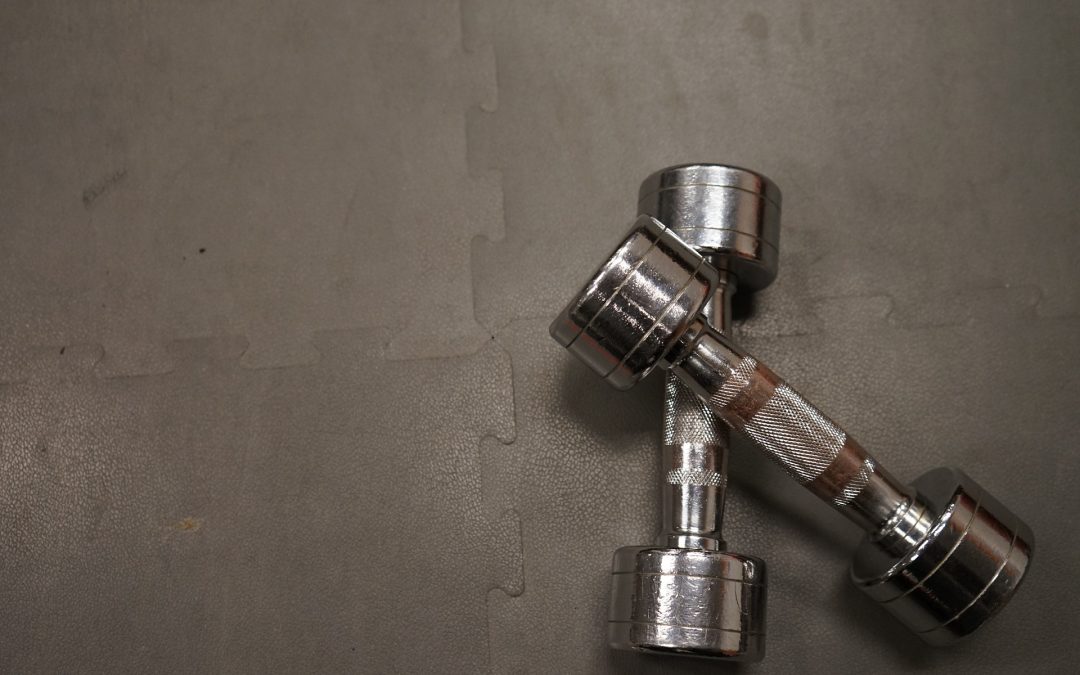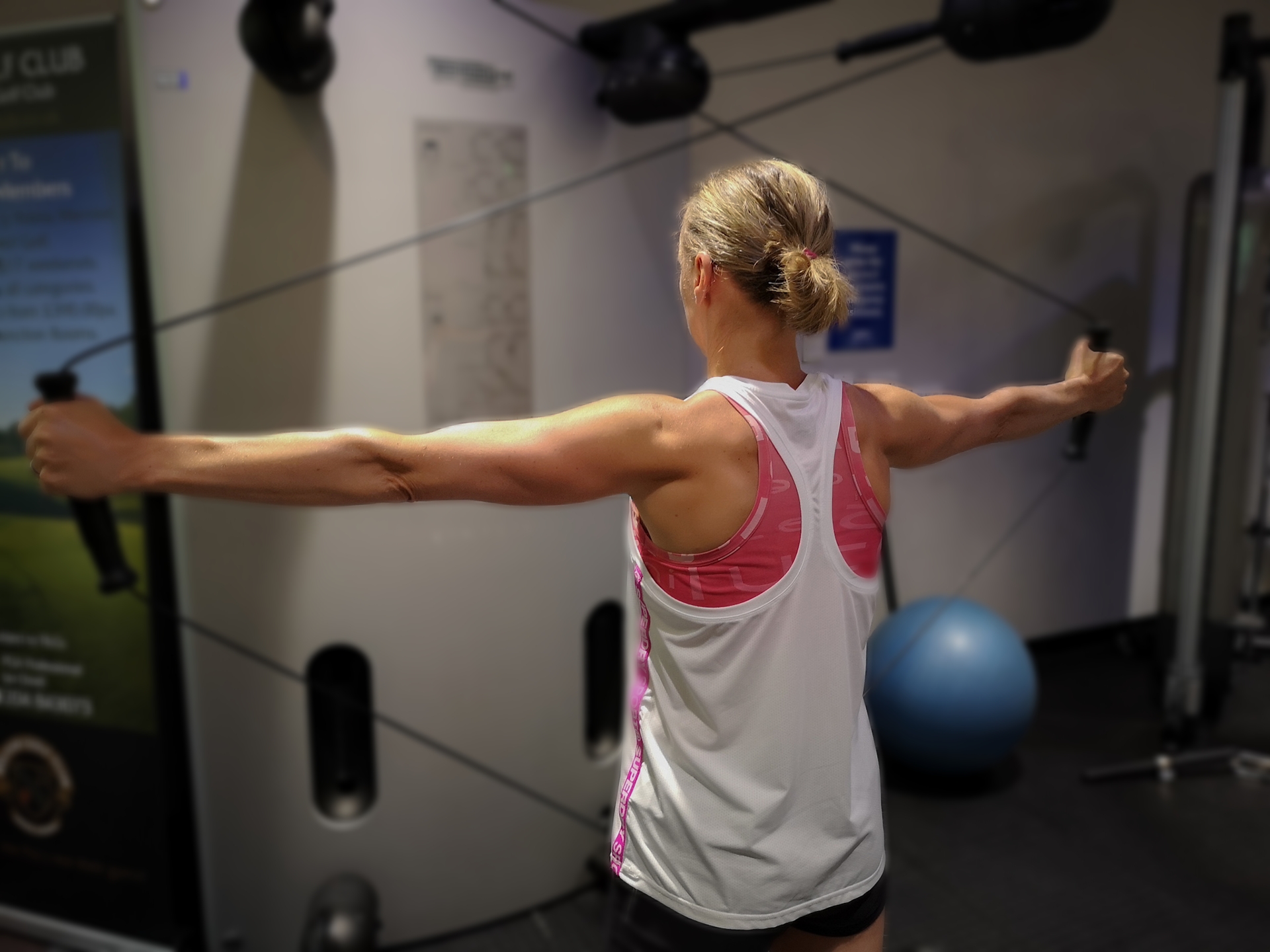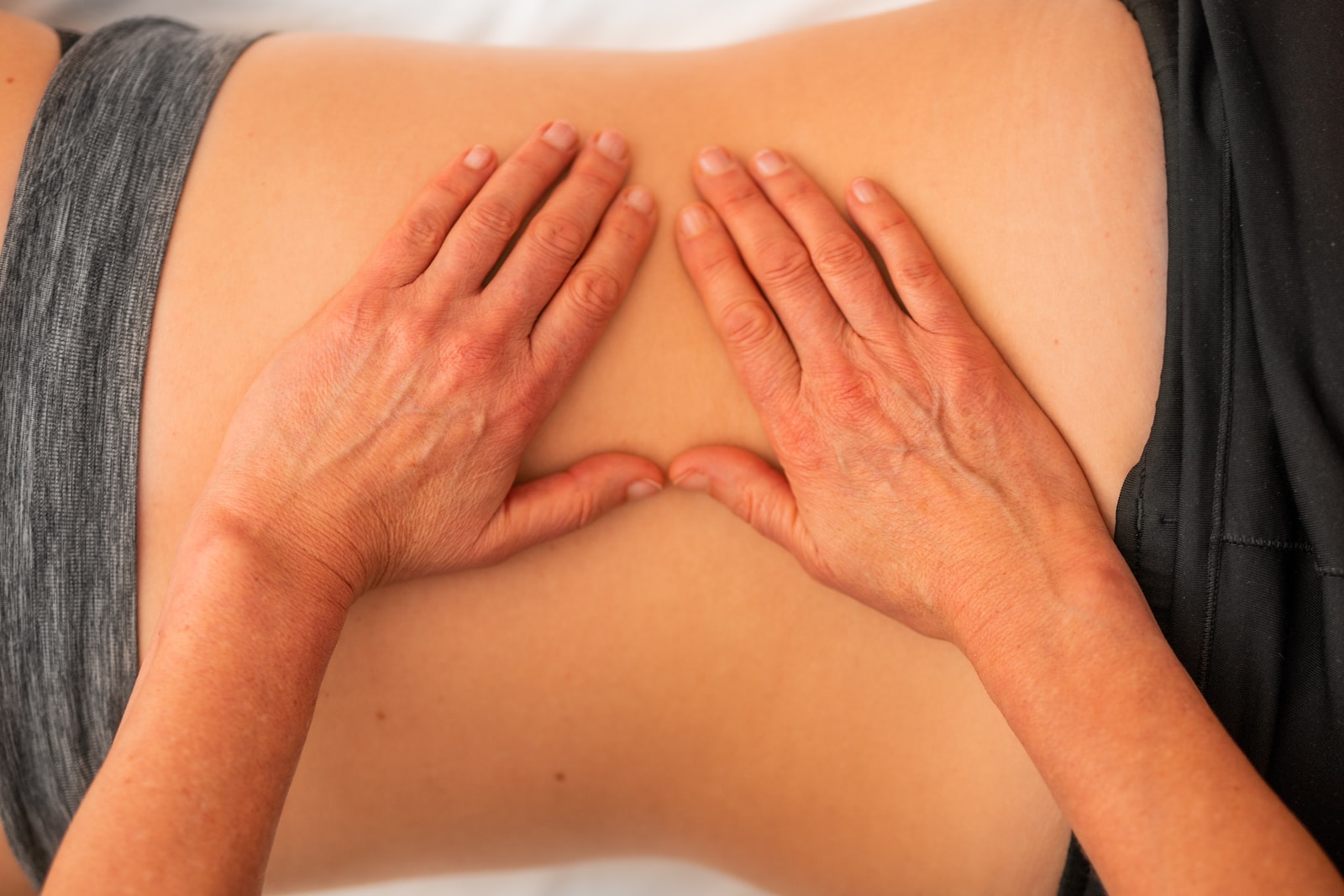Get The Gym Bag Ready
Even for the most creative of home-exercisers, it’s been a bumpy ride to keep on top of fitness. The days of creating a workout with a few loose pieces of equipment that had lived in the garage or spare room up until last year have come to an end. So, what do we need to consider now we’ve returned?
The last thing any of us want to experience when training is injury. After over a year of disruption in gyms around the country, picking up an injury that could put a stop to our training AGAIN is clearly something to be avoided. To help you stay fit when returning to the gym, we’ve come up with some tips to help you steer yourself safely out of the lockdown roadmap. Check them out below!
3 tips for staying injury-free in the gym
1)Plan ahead
Good preparation is the key to success. If we can return to the gym with a plan, we’re less likely to fall into the trap of ‘too much too soon’ (which we’ll cover in more detail in Tip Number Two).
This is particularly important when going back to movements that load the spine and hips directly (like Squats, Deadlifts and Olympic lifts). If your program involves these movements, starting off with a lower load and prioritising good form under control is important. This allows our bodies to re-adjust to the forces involved and start to adapt again. We might also want to begin with slower movements and increase speed as the weeks go on for a similar reason.
It could also be worth considering the order of exercises in your session. Again, movements involving the hips and spine should be done under control and ideally when we’re fresh. So, to use an example, if your session includes both squats and machine-based leg exercises, try and get the squats in first and save the more supportive positions for when you’re getting tired.
Programming Rest
Another feature of any good gym plan is the blank space between sessions. Allowing enough recovery time is not only important for avoiding injury but is also key in building strength and muscle mass. Staying injury-free and training less frequently is better than limping through a program with too much workload.
2)Volume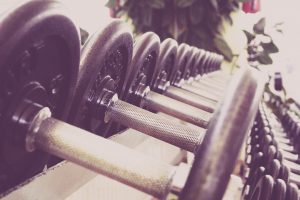
Volume basically refers to how much work we do in a given period. Sudden increases in volume are a common cause of injuries in all sports and activities, so staying out of the trap of too much too soon is important. This might mean starting off with less sets in each workout than we’re used to or using a wider variety of exercises to spread to load across the body.
Taking a few weeks to work back towards our old training regimes can provide a bit of a safety buffer against injury. There are plenty of strategies we can use to track volume, although starting off with lower workloads and building up is arguably as effective as any. 5-10% increases in weekly volume are common after a period away from activity.
3)Intensity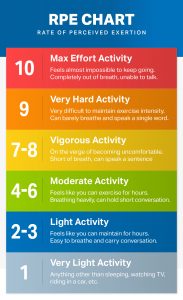
Intensity can be used to describe a number of things: weight used, how close we are to failure and heart rate are all measures of intensity (amongst others). When we’ve had a lay-off from training, it’s important that we give ourselves a ‘readjustment’ period before getting back into more intense training.
One method that can help with this is to use a scoring system to judge how difficult our workouts are, such as RPE (Rate of Perceived Exertion). RPE is often used as a 10-point scoring system, where 0 is no effort at all and 10 is maximal effort. By starting off our programs with lower RPE targets (maybe 5 or 6/10), we can choose appropriate workouts without pushing too close to failure and risking injury in the first few weeks.
In practice….
As an example, instead of planning 3 sets of 10 repetitions with a given weight, our program would read ‘3 sets of 10 reps at RPE 6/10’. We can then adjust the weight based on what feels appropriate for our chosen intensity target. This principle can also be used in group classes; leaving a bit in the tank in the first few weeks will better prepare you to develop a solid level of fitness again.
(Image credit: blog.mapmyrun.com)
If you’d like some advice about creating a post-COVID gym program or would like to discuss any of the topics we’ve covered in this blog in more detail, please get in touch using the contact details below!
If you’d like to make an appointment and speak to a member of our team, click here to find a time that suits you.
Email: getmebetter@summitphysio.co.uk
Phone – 0800 731 2738
Twitter: @physio_summit
Instagram: summitphysio
Facebook: summit physio
